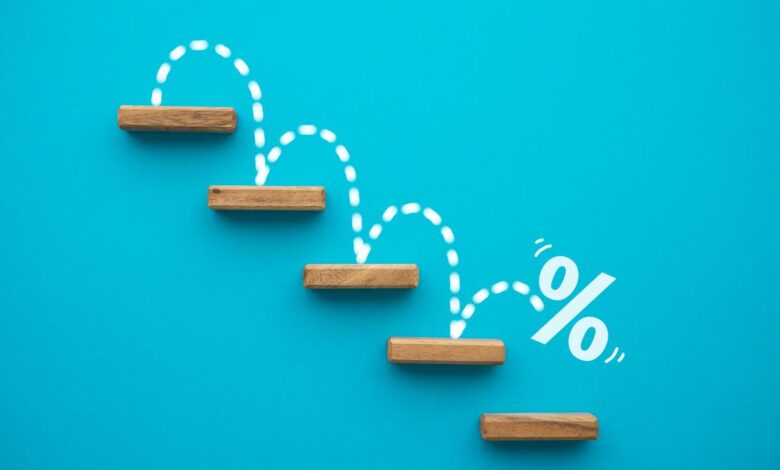How often do high-yield savings account rates change?

When it comes to earning the highest interest rates on your bank deposits, a high-yield savings account (HYSA) is often the best option. These accounts can offer rates that are as much as 20 times higher than the national average rate for a traditional savings account. However, it’s important to note that the interest rates on HYSAs are not fixed. Like many other bank accounts, the rates on high-yield savings accounts can change at any time, at the discretion of the financial institution.
But does this mean that you should ditch your HYSA in favor of fixed rates? Not necessarily. While the interest rates on HYSAs are variable and can change at any time, they are typically set at competitive rates by banks to attract and retain customers. If you check the bank disclosures for your HYSA, you will likely see a statement indicating that the interest rate may change at any time without notice.
When rates on high-yield savings accounts do change, the adjustments are usually incremental. For example, in July 2024, the highest rate available on a HYSA was 5.36% APY. Nearly a year later, the best rates are around 4.30% APY, which is still high by historical standards. Even if the rate on your HYSA drops, it should still pay more than other deposit accounts at the same bank, as banks want to incentivize customers to keep their money on deposit for the long term.
There are several reasons why high-yield savings account rates may change. One of the main factors is Federal Reserve policy, as banks typically adjust rates in line with the benchmark federal funds rate. Additionally, banks may increase rates to attract new customers and deposits, or rates may vary based on account balance tiers.
It’s important to note that banks are not required to provide notice of upcoming rate changes, so you may not be aware of a rate change until you see it reflected on your bank statement. Staying informed about Federal Reserve news can help you anticipate when a rate change may be coming.
If your HYSA rate drops, it may be tempting to look for a new account, but the impact on your earnings is likely to be minimal unless you have a large amount on deposit or the rate drops significantly. It’s always a good idea to keep an eye on what other banks are offering, as you may find a better account worth switching for.
When looking for the best HYSA, consider factors such as rates, fees, and deposit requirements. Look for accounts with high rates, no maintenance fees or minimum balance requirements, and deposit requirements that are easy to meet. By staying informed and comparing options, you can make the most of your high-yield savings account and maximize your earnings.





